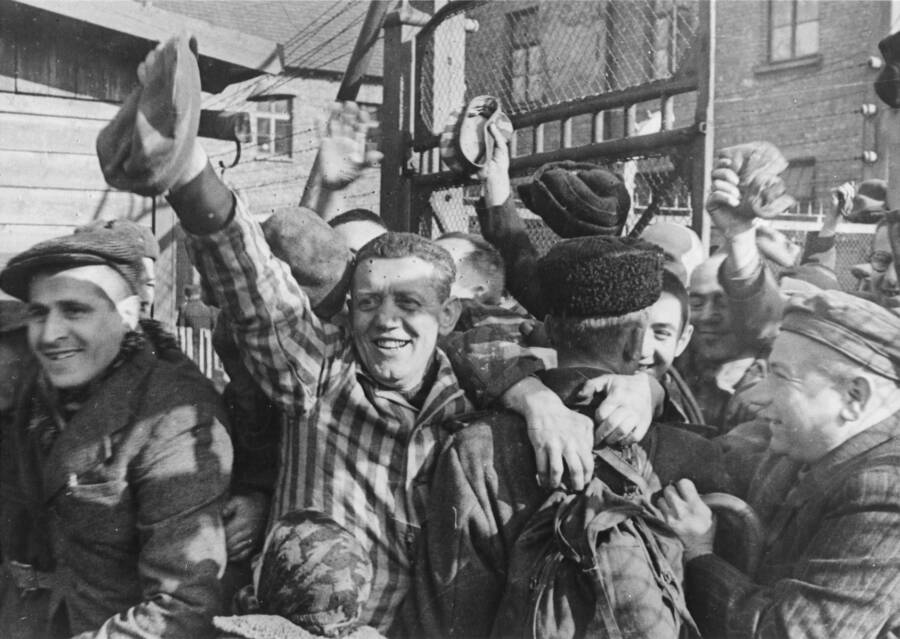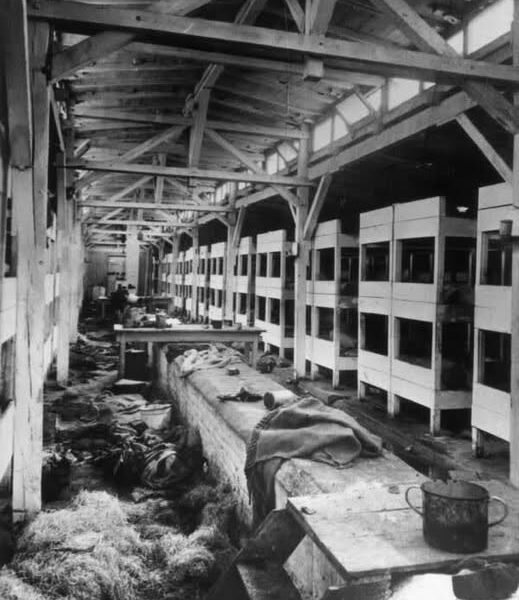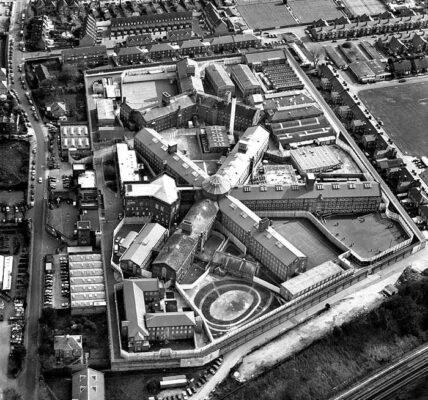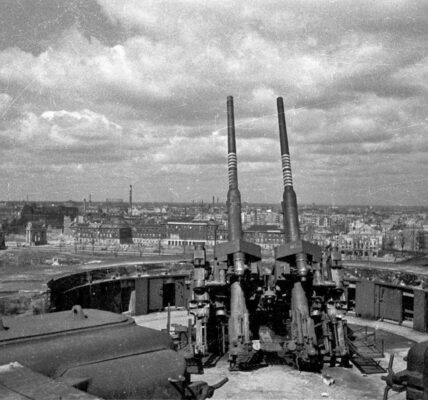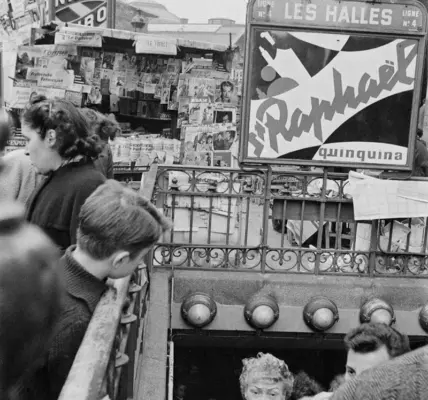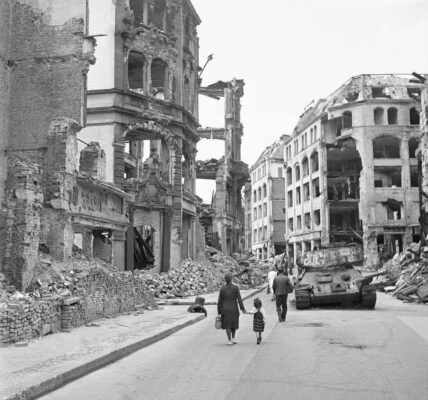On January 27, 1945, Soviet troops liberated the Auschwitz concentration camp, rescuing approximately 7,000 surviving, severely weakened prisoners. In doing so, they discovered warehouses containing the personal belongings of numerous former prisoners—silent testimonies to a dark chapter in history .
Note: This article deals with historical events that may be emotionally distressing
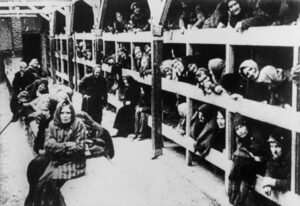
The bodies of women and children found during the liberation of Auschwitz.
The impressions of this place are indelibly burned into my memory,” says Alexander Vorontsov, who documented the events at Auschwitz as part of a film crew. “It was one of the most emotionally moving and shocking moments I experienced during the war.

Here, children show the tattoos they received upon their arrival at Auschwitz.
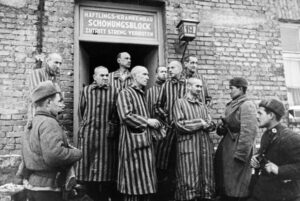
Soviet soldiers of the First Ukrainian Front with liberated prisoners in Auschwitz.
“They apparently figured out who we were and began to welcome us,” Martynushkin recalled. “They wanted to signal to us that they knew who we were and that we shouldn’t be afraid of them—that there were no guards or Germans behind the barbed wire. Only prisoners.”
